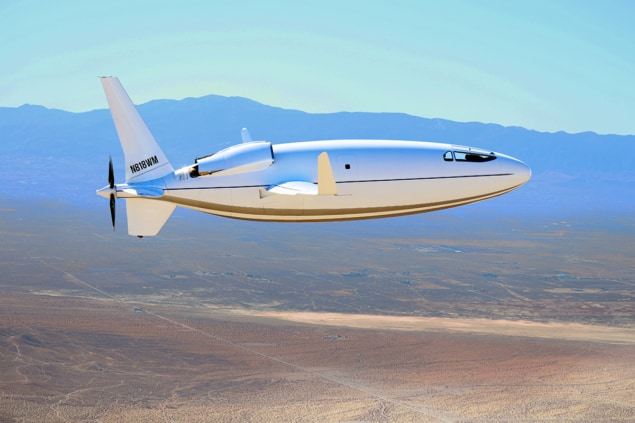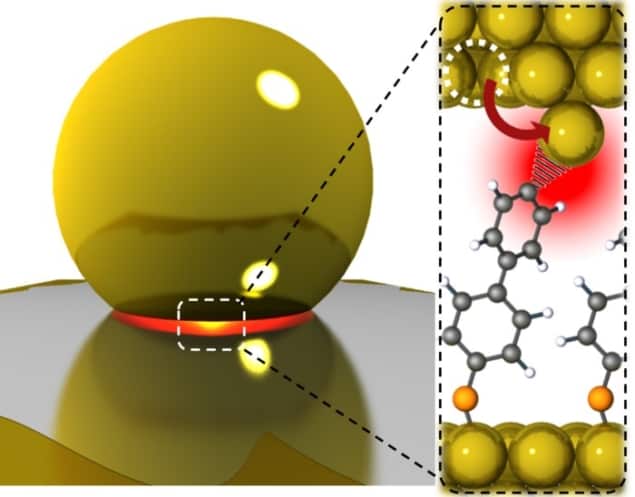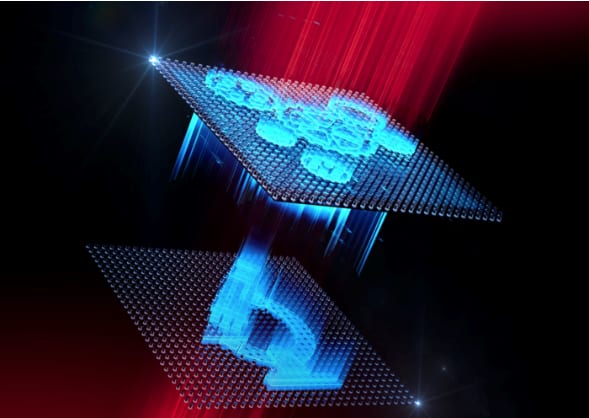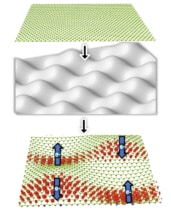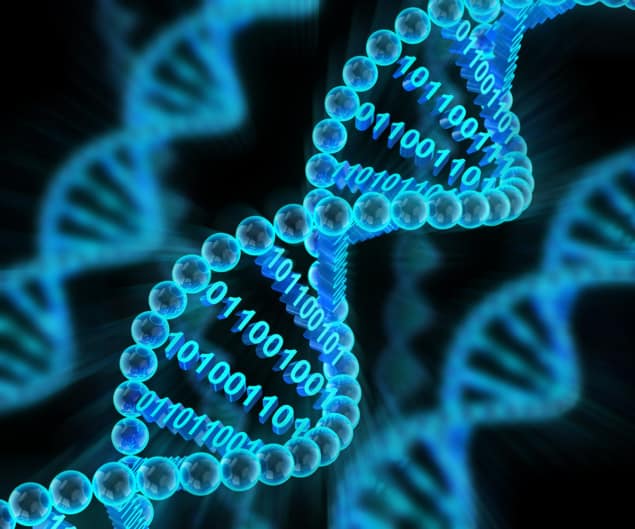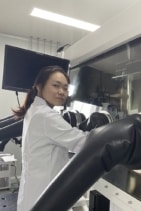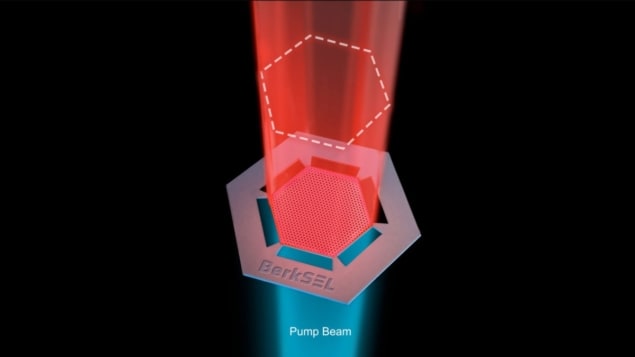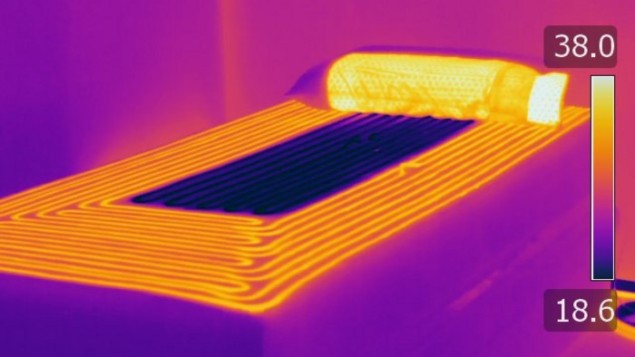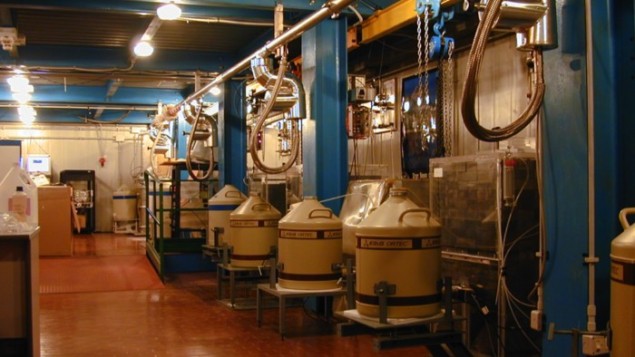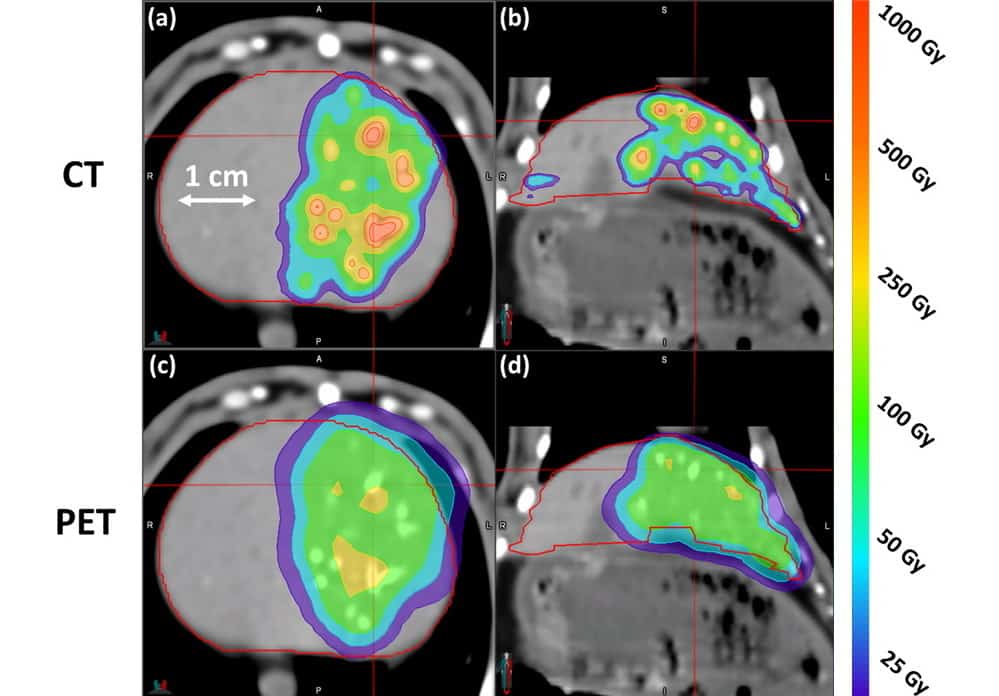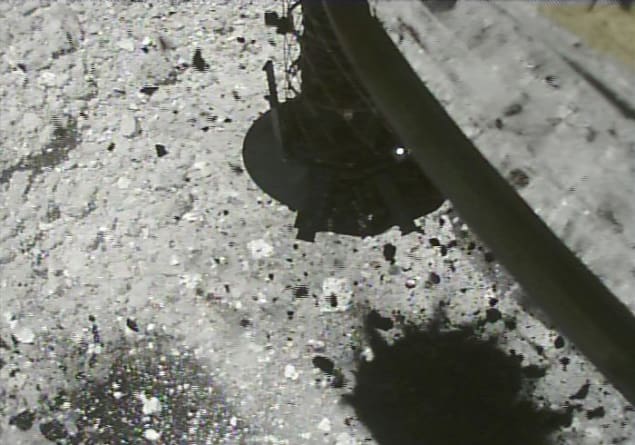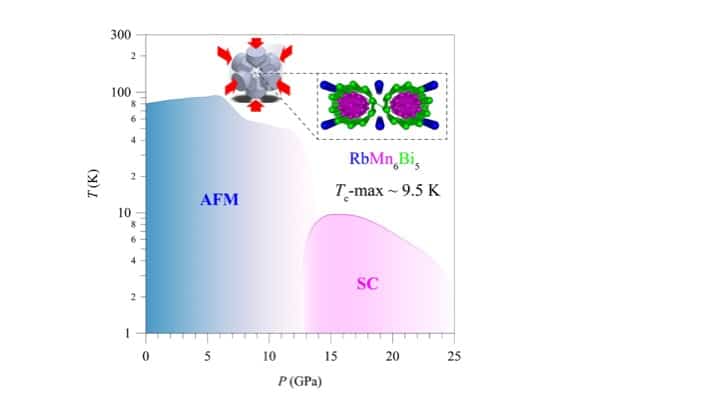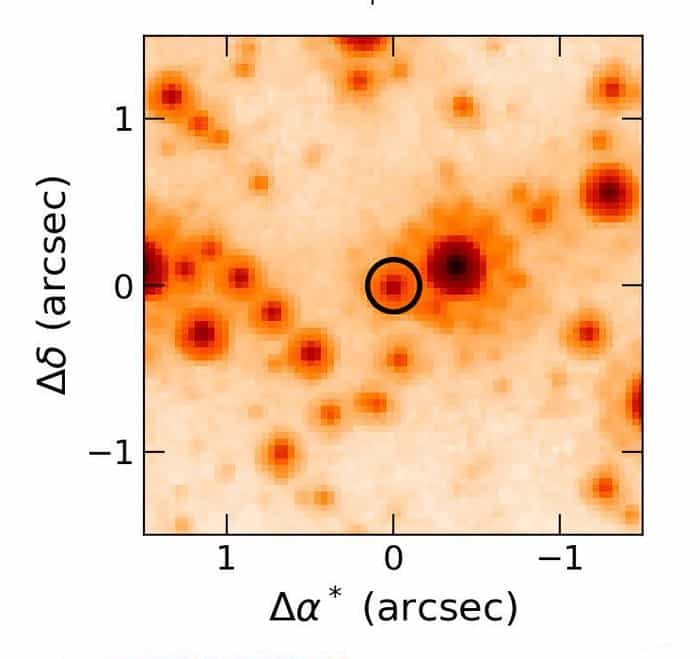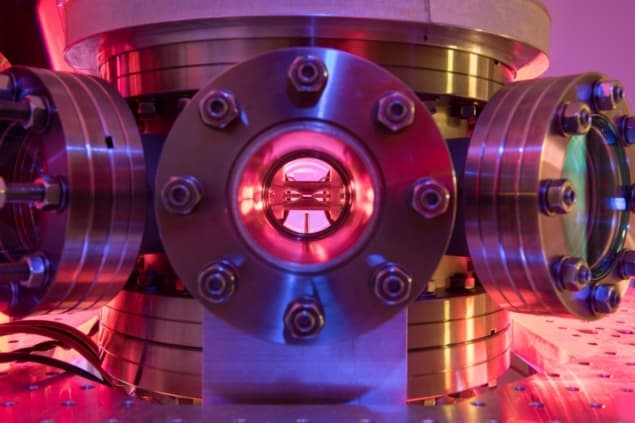Could this revolutionary plane turn air travel green?
27 Jul 2022 James McKenzie
Taken from the July 2022 issue of Physics World, where it appeared under the headline "Green-sky thinking". Members of the Institute of Physics can enjoy the full issue via the Physics World app.
The airline industry is emerging from COVID-19 with progress on de-carbonizing air travel, as James McKenzie discovers
Looks unconventional The Otto Celera 500L plane has an ultra-low drag coefficient and great fuel efficiency thanks to laminar shapes for the wings, fuselage and tail. (Courtesy: Otto Aviation)
I recently booked my first flight since the COVID-19 pandemic devastated the aviation industry. Who can forget the airports full of grounded planes, with staff and pilots laid off? According to the International Civil Aviation Organization (ICAO), the number of air passengers worldwide fell by 60% between 2019 and 2020. And although numbers climbed back to 2.3bn in 2021, they were still 49% below pre-pandemic levels.
